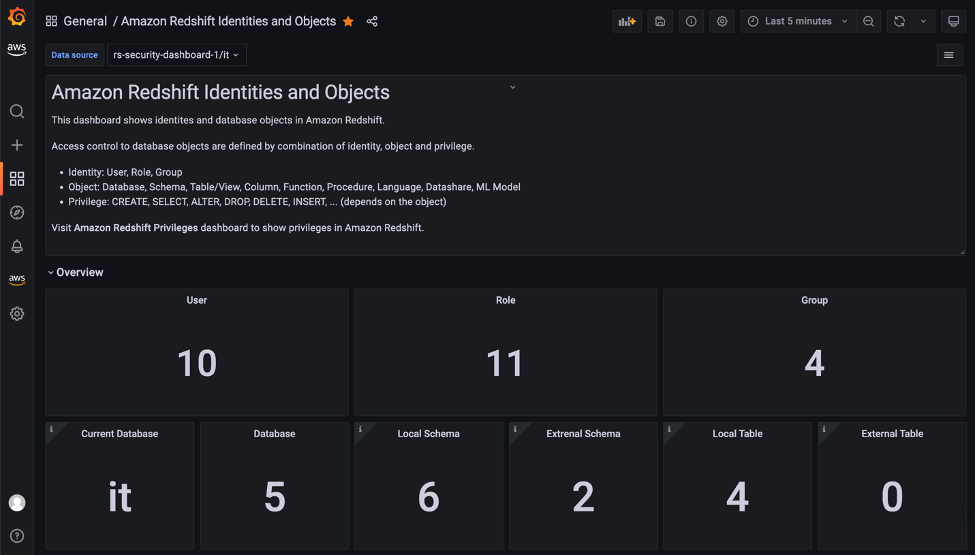AWS Big Data Blog
Category: Intermediate (200)
How AWS Payments migrated from Redash to Amazon Redshift Query Editor v2
AWS Payments is part of the AWS Commerce Platform (CP) organization that owns the customer experience of paying AWS invoices. It helps AWS customers manage their payment methods and payment preferences, and helps customers make self-service payments to AWS. The Machine Learning, Data and Analytics (MLDA) team at AWS Payments enables data-driven decision-making across payments […]
Introducing native support for Apache Hudi, Delta Lake, and Apache Iceberg on AWS Glue for Apache Spark, Part 2: AWS Glue Studio Visual Editor
In the first post of this series, we described how AWS Glue for Apache Spark works with Apache Hudi, Linux Foundation Delta Lake, and Apache Iceberg datasets tables using the native support of those data lake formats. This native support simplifies reading and writing your data for these data lake frameworks so you can more […]
Extend geospatial queries in Amazon Athena with UDFs and AWS Lambda
Amazon Athena is a serverless and interactive query service that allows you to easily analyze data in Amazon Simple Storage Service (Amazon S3) and 25-plus data sources, including on-premises data sources or other cloud systems using SQL or Python. Athena built-in capabilities include querying for geospatial data; for example, you can count the number of […]
How gaming companies can use Amazon Redshift Serverless to build scalable analytical applications faster and easier
This post provides guidance on how to build scalable analytical solutions for gaming industry use cases using Amazon Redshift Serverless. It covers how to use a conceptual, logical architecture for some of the most popular gaming industry use cases like event analysis, in-game purchase recommendations, measuring player satisfaction, telemetry data analysis, and more. This post […]
Build incremental data pipelines to load transactional data changes using AWS DMS, Delta 2.0, and Amazon EMR Serverless
Building data lakes from continuously changing transactional data of databases and keeping data lakes up to date is a complex task and can be an operational challenge. A solution to this problem is to use AWS Database Migration Service (AWS DMS) for migrating historical and real-time transactional data into the data lake. You can then […]
Access Amazon Athena in your applications using the WebSocket API
In this post, we present a solution that can integrate with your front-end application to query data from Amazon S3 using an Athena synchronous API invocation. With this solution, you can add a layer of abstraction to your application on direct Athena API calls and promote the access using the WebSocket API developed with Amazon API Gateway. The query results are returned back to the application as Amazon S3 presigned URLs.
Visualize database privileges on Amazon Redshift using Grafana
Amazon Redshift is a fully managed, petabyte-scale data warehouse service in the cloud. Amazon Redshift enables you to use SQL for analyzing structured and semi-structured data with best price performance along with secure access to the data. As more users start querying data in a data warehouse, access control is paramount to protect valuable organizational […]
Build a semantic search engine for tabular columns with Transformers and Amazon OpenSearch Service
Finding similar columns in a data lake has important applications in data cleaning and annotation, schema matching, data discovery, and analytics across multiple data sources. The inability to accurately find and analyze data from disparate sources represents a potential efficiency killer for everyone from data scientists, medical researchers, academics, to financial and government analysts. Conventional […]
Enhance operational insights for Amazon MSK using Amazon Managed Service for Prometheus and Amazon Managed Grafana
Amazon Managed Streaming for Apache Kafka (Amazon MSK) is an event streaming platform that you can use to build asynchronous applications by decoupling producers and consumers. Monitoring of different Amazon MSK metrics is critical for efficient operations of production workloads. Amazon MSK gathers Apache Kafka metrics and sends them to Amazon CloudWatch, where you can […]
Configure ADFS Identity Federation with Amazon QuickSight
Amazon QuickSight Enterprise edition can integrate with your existing Microsoft Active Directory (AD), providing federated access using Security Assertion Markup Language (SAML) to dashboards. Using existing identities from Active Directory eliminates the need to create and manage separate user identities in AWS Identity Access Management (IAM). Federated users assume an IAM role when access is requested through an […]









